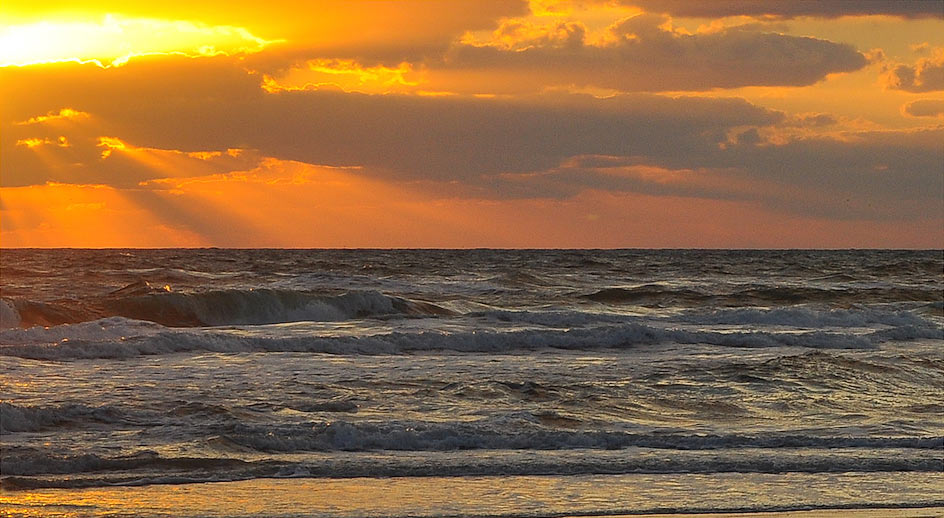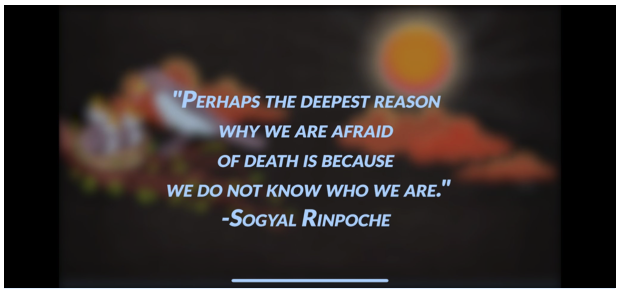Five Elements (Pancha Mahabhutas) and the Death Cycle
Carol Ray 2022
Based on the Tibetan Book of the Dead
Recently, I stumbled on the Tibetan book of the Dead and noticed how the death process follows the five elements in order (Pancha Mahabhutas) and progresses systematically by Dosha!
As students of Siddha-Veda, we are sometimes called on to help “hold space” vibrationally during the dying process.
When we are privileged to participate with others going through the process, we can be present in love and understanding, without fear; accept what is. It is important that your vibration is as high as possible.
Ask: what do you want? What can I do to support you?
In a long term illness, the dying process typically starts in Kapha: physically there is a heaviness in the body when Earth dissolves into Water.
Pitta: When Water dissolves into Fire you find circulation begins to cease functioning.
When Fire dissolves into Air (Vata), any feeling of warmth begins to dissolve. When Air dissolves into Space you lose the last feeling of contact with the physical world.
Kapha Phase: Withdrawal has set in; often the activities slow down; very little movement. The extremities feel cool to the touch. Sleep increases. The kidneys are likely to have started to shut down, evidenced by water retention (edema), starting on the feet and ankles and progressing to the eye lids and face.
“Food and fluids should never be pushed, as this can increase risk for choking, pneumonia, and abdominal discomfort as the gastrointestinal system slows down along with the rest of the body’s systems. “ – Hospice
Offering a spoon of ice chips is preferable to water and requires less effort in swallowing.
Offer stability and structure to Kapha: they may want assurances that you will see to certain things that are on their mind. Take notes and ask if you understood their needs. They may enjoy having their hair combed or brushed; and attention to their nails. For music, piano, drums, rhythmic beats could work well.
Pitta Phase: Skin is the largest organ in the body and can become reddish or gray and blotchy. It is not uncommon for agitation to be present during this phase.
Fever may have set in and sweating. The fire phase may not last long, but offering moisture on the lips and a cooling cloth on their forehead may be welcomed. As the lungs are likely struggling, breath work may be
an option for some, marma, mantras, or meditation. Music with words that invokes powerful images could be helpful.
Vata typically needs touch like hand holding, grounding, perhaps massage with a drop of their favorite essential oil. A warm (not electric) blanket with a hint of lavender could be welcomed. Playing music is especially soothing: select peaceful sounds of nature, cello or harp music. They may want you to sing to them.
One wonderful option for music is Graceful Passages by Gary Malkin.
The End of Suffering – You Tube https://youtu.be/JXRTVG_PITA
Compiled from the Internet
Buddhist:
The Dalai Lama describes the process of death:
“As a Buddhist, I view death as a normal process, a reality that I accept will occur as long as I remain in this earthly existence. Knowing that I cannot escape it, I see no point in worrying about it.” July 18, 2019
Cherokee:
As a culture, Cherokee Indians are very spiritual people that view death as a transition rather than an end. Services are usually conducted by a Cherokee shaman the day after death. The bodies are traditionally
buried in the ground in the belief that they will provide nourishment to the earth.
Christian:
I am the resurrection and the life. Those who believe in me, even though they die, will live, and everyone who lives and believes in me will never die.
Holy Bible, New Revised Standard Version – John 11:25–26
Hinduism: (Sanatana Dharma)
Shloka from Geeta:
“Vasanshi Jirnani yatha vihaya, navani guhnani nara parani, tatha sharirani vihaya jirnanyanani sangyati navani dehi.”
As we change clothes when it is no longer in a usable condition in the same way the soul changes body.
Islamic:
Islam teaches that there is life after death, and this is known as Akhirah . In Islam, it is Allah who decides when a person dies and most Muslims believe that when they die, they will stay in their graves until Yawm al-din , the Day of Judgement.
Jainism:
Jains believe that the soul has always been here, that the soul cannot be destroyed and that through the process of death, one transitions to a new body. The Jain tradition shows how we can move without attachment into death rather than clinging to life.
Jewish:
Judaism believes that every moment of life is precious and of infinite value. We do not consider pain or suffering as mitigating factors that obviate the sanctity or importance of life.
Jews believe in a life after death – the immortality of the soul and the physical resurrection of the body at a time in the future.
Sikhism:
According to Sikhism, death is a natural process, it’s only the physical body that dies, and the soul lives on through transmigration and reincarnation. For them, the purpose of life is to move closer to Waheguru, the Sikh name for God, and that death will help break the cycle of reincarnation.
Zoroastrian:
Everyone alive on earth is a creation of God. The elements are the purest thing we have. To contaminate the elements (earth, fire, water, and air) with any type of decaying matter is against the religion.







